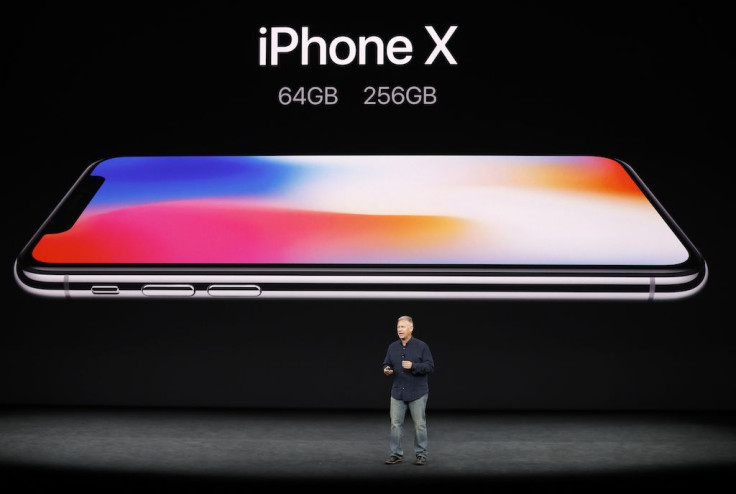iPhone X Release Date Will Propel Smartphone Sales Worldwide In 2018 [Report]

Research firm Gartner says smartphone sales will increase in 2018, and the iPhone X release will drive sales in various worldwide locations.
Gartner predicts the iPhone X will propel sales in North America, China and Western Europe, even though the device has a high price.
Apple revealed the iPhone X in September and the iPhone X pre-order date is Oct. 27. The iPhone X release date is Nov. 3 and prices start at $999. The iPhone X is expected to overshadow the two other models Apple released last month, the iPhone 8 and iPhone 8 Plus.
"Given the late November availability of the iPhone X, we expect the iPhone's replacement cycle to flow more strongly into 2018," Roberta Cozza, research director at Gartner, said in a statement.
Overall, Garter expects smartphone sales to total 1.9 billion in 2018, a two percent year-over-year growth. However, component shortages could lead to limited supply, pushing unit sales from the fourth quarter of 2017 to 2018. Since sales will be pushed to 2018, the growth rate for next year is estimated to be higher than previously forecast, Gartner said.
Previous reports have pointed to issues with the iPhone X’s production. A report last week from Nikkei said manufacturers were having trouble with the iPhone X’s 3D sensors for the new Face ID feature. Nikkei and a previous Wall Street Journal report said Apple was facing problems with the dot projector on the device’s TrueDepth camera. Manufacturers are reportedly struggling with the dot projector, called Romeo, which uses a laser to beam 30,000 infrared dots on the user’s face to map their unique traits for the Face ID, Animoji and other uses. Trouble with Romeo modules were reportedly holding back mass production of the iPhone X. The Journal said the assembly of Romeo has reportedly taken more time than the receiving module, dubbed Juliet, meaning there were more Juliets than Romeos.
The production problems can highly impact the iPhone X’s availability when it releases in November before the holidays. KGI Securities analyst Ming-Chi Kuo previously said the Face ID’s TrueDepth camera shortage won’t last long, but that supply limitations will push sales back to 2018.
However, a report this week said Apple could meet the iPhone X’s high demand. Yield rate for iPhone X has reportedly been substantially improving, and shipments of the smartphones are expected to grow starting November. Chipset deliveries for the iPhone X and the supply for key components for the 3D sensing modules were both on schedule, meaning Apple could be on track to meet Christmas and New Year’s demands.
© Copyright IBTimes 2024. All rights reserved.











